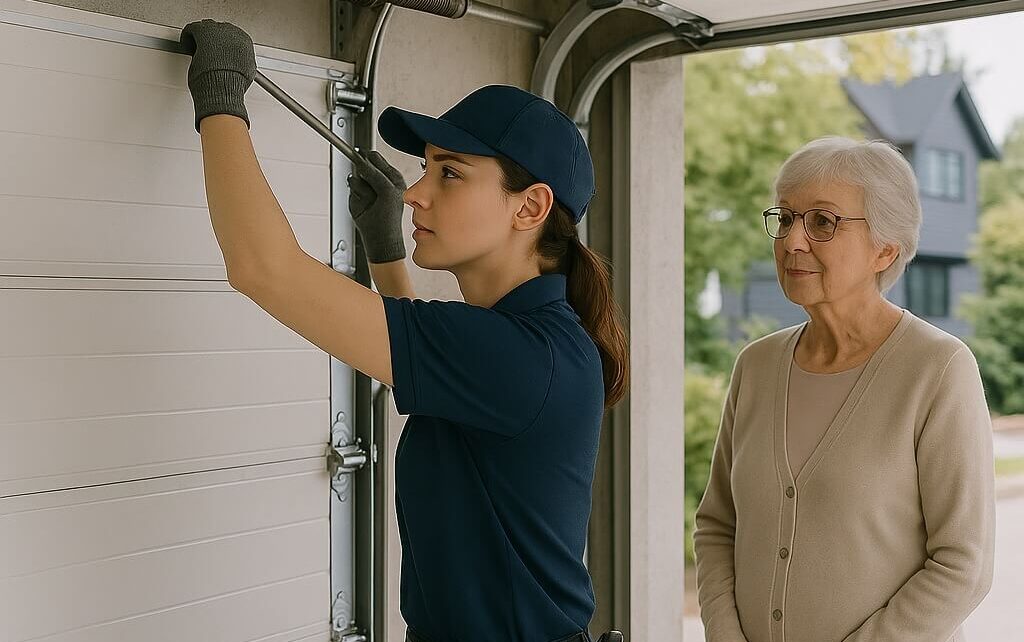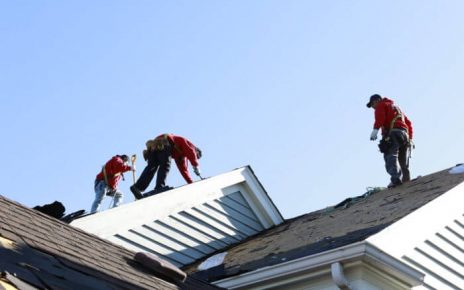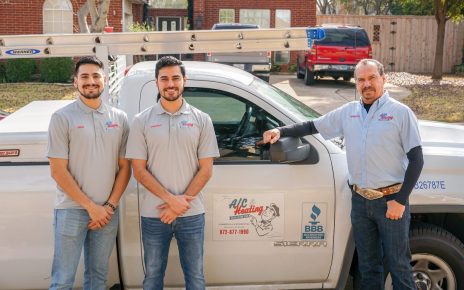Table of Contents
When your garage door refuses to open or makes grinding noises during operation, the culprit is often a damaged spring system requiring immediate attention. Professional garage door repair Seattle services become essential when these critical components fail, as attempting DIY repairs can result in serious injury or property damage. Garage door repair Seattle specialists understand that spring failures represent one of the most common yet dangerous maintenance issues homeowners face.
Garage door springs bear the entire weight of your door, typically ranging from 150 to 400 pounds depending on the material and size. These hardworking components cycle thousands of times annually, making them particularly susceptible to wear, corrosion, and eventual failure. Understanding the warning signs and knowing when to contact professionals can save you from costly emergency repairs and potential safety hazards.
Garage Door Spring Systems
Modern residential garage doors utilize two primary spring configurations, each designed for specific door types and weight requirements. Torsion springs mount horizontally above the door opening, using a metal shaft and cable system to counterbalance the door’s weight. These springs twist and unwind as the door operates, providing smooth and controlled movement throughout the opening and closing cycles.
Extension springs stretch along the horizontal tracks on each side of the door, extending and contracting to assist with door movement. While less expensive than torsion systems, extension springs typically require more frequent replacement due to their design and mounting configuration. Both systems require precise calibration to ensure proper door balance and safe operation.
The lifespan of garage door springs varies significantly based on usage patterns, environmental conditions, and maintenance practices. Standard springs typically last between 7,000 to 10,000 cycles, translating to approximately seven to ten years for average household use. However, extreme temperature fluctuations, high humidity, and lack of regular lubrication can dramatically reduce spring longevity.
Common Signs Your Springs Need Professional Attention
Recognizing early warning signs of spring failure allows homeowners to address issues before complete system breakdown occurs. Visible gaps in torsion springs indicate metal fatigue and imminent failure, requiring immediate professional intervention. When springs lose tension gradually, doors may appear crooked or uneven during operation, creating additional strain on the opener motor and track system.
Loud banging noises often signal catastrophic spring failure, particularly with torsion systems under high tension. This sound typically occurs when springs snap completely, releasing stored energy instantly and potentially causing damage to surrounding components. Following such incidents, doors usually become extremely heavy and may refuse to open manually or with automatic openers.
Jerky or uneven door movement suggests spring imbalance or partial failure, creating operational inconsistencies that worsen over time. Doors may stick in certain positions, require excessive force to operate manually, or fail to remain open without support. These symptoms indicate that springs can no longer properly counterbalance the door’s weight, necessitating professional diagnosis and repair.
Additional warning signs include visible rust or corrosion on spring coils, stretched or deformed spring geometry, and increased motor strain evidenced by longer operation times or unusual opener sounds. Professional technicians can assess these conditions accurately and recommend appropriate repair or replacement strategies before complete system failure occurs.
Professional Spring Repair Process
Qualified garage door technicians follow established safety protocols and manufacturer specifications when servicing spring systems. The process begins with comprehensive system assessment, including door weight measurement, spring condition evaluation, and track alignment verification. This thorough analysis ensures that replacement springs match the door’s specific requirements and operating characteristics.
Safety preparation involves disconnecting automatic openers, securing the door in the closed position, and using specialized tools designed for high-tension spring work. Professional technicians utilize winding bars, spring compressors, and calibrated torque wrenches to safely remove old springs and install replacements without risking injury or property damage.
Spring installation requires precise measurement and adjustment to achieve proper door balance and smooth operation. Technicians calculate the correct spring tension based on door weight, track configuration, and manufacturer specifications. This process involves multiple test cycles to verify proper operation and make fine adjustments as needed.
System testing and calibration concludes the repair process, ensuring that all components work harmoniously and safely. Technicians verify door balance by disconnecting the opener and testing manual operation, confirming that the door remains stationary when positioned halfway open. They also test automatic opener integration and adjust travel limits and force settings as necessary.
Safety Considerations and Professional Expertise
Garage door spring repair presents significant safety risks that make professional service strongly recommended over DIY attempts. Torsion springs store tremendous energy when wound, capable of causing severe injury or death if handled improperly. Even extension springs under tension can snap unexpectedly, creating projectile hazards and potential crushing injuries.
Professional technicians receive specialized training in high-tension spring handling, proper tool usage, and emergency procedures. They understand the complex relationships between spring tension, door weight, track configuration, and opener specifications that ensure safe and reliable operation. This expertise prevents common mistakes that can lead to premature component failure or dangerous operating conditions.
Insurance and liability considerations make professional service particularly valuable for homeowners. Most insurance policies exclude coverage for injuries or damage resulting from DIY garage door repairs, leaving homeowners financially responsible for accidents. Professional service companies carry comprehensive liability insurance and provide warranties on parts and labor, offering peace of mind and financial protection.
Code compliance and permit requirements may apply to certain garage door repairs, particularly in commercial applications or when structural modifications are necessary. Professional contractors understand local building codes and can ensure that repairs meet all applicable safety and performance standards.
Choosing Quality Replacement Springs
Spring quality varies significantly among manufacturers, with premium options offering superior longevity and performance characteristics. High-cycle springs feature enhanced metallurgy and protective coatings that resist corrosion and fatigue, often lasting 25,000 cycles or more compared to standard 10,000-cycle springs. While initially more expensive, these upgraded components provide excellent long-term value through reduced maintenance frequency and improved reliability.
Galvanized and powder-coated springs offer superior corrosion resistance, particularly important in Seattle’s humid climate conditions. These protective treatments prevent rust formation that weakens spring metal and reduces operational lifespan. Professional contractors can recommend appropriate coating options based on local environmental conditions and door usage patterns.
Spring wire gauge and configuration significantly impact performance and durability characteristics. Heavier gauge wire provides increased strength and longevity but requires precise tension calculations to ensure proper door balance. Professional technicians consider these factors when selecting replacement springs, ensuring optimal performance and safety.
Maintenance Strategies for Spring Longevity
Regular maintenance significantly extends garage door spring lifespan and prevents premature failures that require emergency repairs. Monthly visual inspections allow homeowners to identify developing issues before they become serious problems. Look for rust formation, unusual spring geometry, or signs of metal fatigue that indicate professional attention is needed.
Quarterly lubrication with appropriate garage door lubricants reduces friction and wear while protecting against corrosion. Use lightweight machine oil or specialized garage door lubricants rather than heavy grease that attracts dirt and debris. Apply lubricant to spring coils, hinges, rollers, and track surfaces for optimal system performance.
Annual professional maintenance provides comprehensive system evaluation and preventive adjustments that maximize component longevity. Qualified technicians can identify and address minor issues before they develop into major problems requiring expensive repairs or complete component replacement.
Environmental protection measures help preserve spring condition in challenging climate conditions. Ensure adequate garage ventilation to reduce humidity levels, and consider dehumidification systems in particularly damp environments. Keep garage doors closed during severe weather to minimize temperature cycling that accelerates spring fatigue.
Key Takeaways
• Professional spring repair ensures safety and prevents serious injury risks associated with high-tension components
• Early problem recognition allows for preventive repairs that cost less than emergency replacements
• Quality replacement springs with enhanced coatings and metallurgy provide superior longevity and performance
• Regular maintenance practices significantly extend spring lifespan and system reliability
• Professional installation includes proper tension adjustment and system calibration for optimal performance
• Insurance and warranty protection make professional service financially advantageous over DIY attempts
Frequently Asked Questions
How long do garage door springs typically last?
Standard garage door springs are designed for 7,000 to 10,000 operating cycles, which translates to approximately seven to ten years for typical residential use. However, high-cycle springs with premium metallurgy can last 20,000 to 25,000 cycles or more. Factors affecting lifespan include usage frequency, environmental conditions, maintenance quality, and spring manufacturing standards. Regular lubrication and professional maintenance can significantly extend spring life beyond manufacturer specifications.
Can I replace garage door springs myself to save money?
While technically possible, DIY spring replacement is extremely dangerous and strongly discouraged by safety experts and manufacturers. Garage door springs store tremendous energy under high tension, capable of causing severe injury or death if handled improperly. Professional technicians have specialized tools, training, and insurance coverage that make their services both safer and more cost-effective when considering potential injury costs and liability issues.
What causes garage door springs to break prematurely?
Several factors contribute to premature spring failure, including lack of regular lubrication, extreme temperature fluctuations, excessive door usage, improper installation, and manufacturing defects. Corrosion from moisture exposure, particularly in coastal climates, accelerates metal fatigue and reduces spring strength. Additionally, using springs with insufficient weight ratings for the door or operating the door with damaged components creates excessive stress that shortens spring lifespan significantly.




